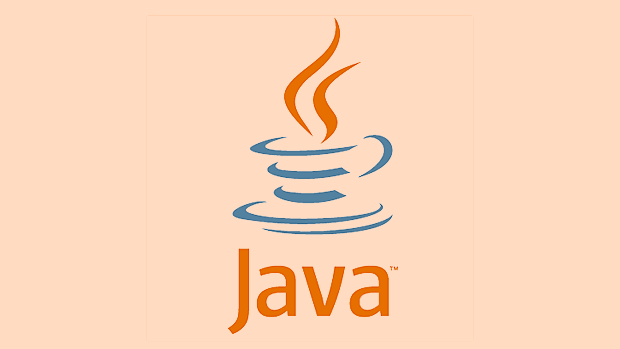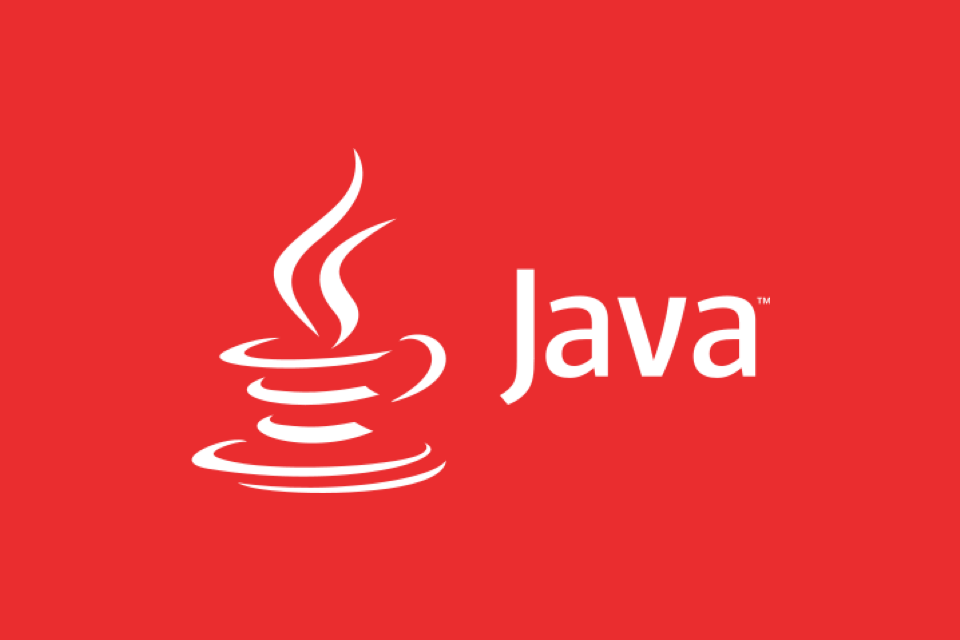When the CPU usage rate is too high, first use top -H and jstack to analyze the thread stack, and combine JProfiler or asyncProfiler to locate hot spots; 2. Frequent GC can detect memory leaks through log analysis and MAT, and pay attention to static collections, cache and other references; 3. I/O and database problems can be positioned through APM tools or logs, and the optimization methods include cache addition, asynchronous processing and database indexing; 4. Unreasonable thread pool configuration may lead to blockage, so the number of threads, queues and rejection policies should be set reasonably, and the running status should be monitored. Mastering these directions and tools can effectively identify Java performance bottlenecks.

Identifying Java performance bottlenecks is actually not that mysterious. The key is to master several common investigation directions and tools. Many times the problem is not complicated, but if you don’t know where to start, it’s easy to get stuck.

1. The CPU usage rate is too high: first look at what the thread is doing
If you find that the application's CPU occupies a lot, the first step should be to see which threads are "working hard". You can use top -H to find the thread PID that occupies a high occupancy, then convert it to hexadecimal, and then use jstack to dump the thread stack to find the corresponding thread state.
Common situations include:

- A thread is doing a lot of calculations (such as looping, encryption and decryption)
- Thread stuck in dead loop or frequent GC
- Multi-threaded competition to lock resources, resulting in frequent context switching
At this time, you can use tools such as JProfiler or VisualVM to visualize the hotspot method, or directly use asyncProfiler included with JDK to sample the CPU time-consuming distribution.
2. Memory issues: GC frequently or memory leaks?
One of the most common performance problems with Java applications is that garbage collection is too frequent. If you find that Full GC happens frequently and the recovery effect is not obvious every time, it is likely that it is a memory leak.

The problem of the investigation can be as follows:
- First look at the GC log to confirm which garbage collector it is, and whether Full GC is frequently triggered
- Use MAT (Memory Analyzer) to analyze the heap dump file to find large objects or suspicious reference chains
- Pay attention to static collection classes, caches, listeners and other places that are prone to memory leakage
For example, many people will use static Map to store data, but forget to clean it up, and the memory will burst over time. At this time, no matter how much memory is added, it is useless, and it has to be solved from the code level.
3. I/O and database operations slow down response
Many performance problems are not due to the JVM itself, but the access to external resources is too slow. for example:
- Database query has no index, long execution time
- Network request timeout or slow response
- Logs are slowly written to disk, affecting the main process
Such problems can be used to monitor the interface call chain through APM tools (such as SkyWalking, Pinpoint) to locate specific time-consuming steps. If there is no APM, you can also manually log and record each stage of time.
Optimization suggestions:
- Add cache (such as Redis) to reduce duplicate requests
- Asynchronous processing of non-core logic
- Add indexing to the database and avoid N1 queries
4. Unreasonable thread pool configuration causes blockage
Thread pools are commonly used in Java to handle concurrent tasks, but if the thread pool is not configured properly, it will cause performance degradation or even system crashes.
for example:
- Too few core threads, waiting for tasks for too long
- Reject policy settings improperly, and directly throwing exceptions affects user experience
- Thread pools are shared, and different businesses influence each other
It is recommended to split the thread pool according to different business scenarios and set appropriate queue size and rejection policies. At the same time, the status of the thread pool should be monitored, such as the number of active threads, queue backlog, etc.
Basically these are the more common points. If there are too many tools, you will easily get confused. The key is to understand the system operation mechanism and know where to start. Some problems look scary, but they can be located just by just taking action.
The above is the detailed content of Java Performance Bottlenecks Identification. For more information, please follow other related articles on the PHP Chinese website!

Hot AI Tools

Undress AI Tool
Undress images for free

Undresser.AI Undress
AI-powered app for creating realistic nude photos

AI Clothes Remover
Online AI tool for removing clothes from photos.

Clothoff.io
AI clothes remover

Video Face Swap
Swap faces in any video effortlessly with our completely free AI face swap tool!

Hot Article

Hot Tools

Notepad++7.3.1
Easy-to-use and free code editor

SublimeText3 Chinese version
Chinese version, very easy to use

Zend Studio 13.0.1
Powerful PHP integrated development environment

Dreamweaver CS6
Visual web development tools

SublimeText3 Mac version
God-level code editing software (SublimeText3)

Hot Topics
 Difference between HashMap and Hashtable?
Jun 24, 2025 pm 09:41 PM
Difference between HashMap and Hashtable?
Jun 24, 2025 pm 09:41 PM
The difference between HashMap and Hashtable is mainly reflected in thread safety, null value support and performance. 1. In terms of thread safety, Hashtable is thread-safe, and its methods are mostly synchronous methods, while HashMap does not perform synchronization processing, which is not thread-safe; 2. In terms of null value support, HashMap allows one null key and multiple null values, while Hashtable does not allow null keys or values, otherwise a NullPointerException will be thrown; 3. In terms of performance, HashMap is more efficient because there is no synchronization mechanism, and Hashtable has a low locking performance for each operation. It is recommended to use ConcurrentHashMap instead.
 Why do we need wrapper classes?
Jun 28, 2025 am 01:01 AM
Why do we need wrapper classes?
Jun 28, 2025 am 01:01 AM
Java uses wrapper classes because basic data types cannot directly participate in object-oriented operations, and object forms are often required in actual needs; 1. Collection classes can only store objects, such as Lists use automatic boxing to store numerical values; 2. Generics do not support basic types, and packaging classes must be used as type parameters; 3. Packaging classes can represent null values ??to distinguish unset or missing data; 4. Packaging classes provide practical methods such as string conversion to facilitate data parsing and processing, so in scenarios where these characteristics are needed, packaging classes are indispensable.
 What are static methods in interfaces?
Jun 24, 2025 pm 10:57 PM
What are static methods in interfaces?
Jun 24, 2025 pm 10:57 PM
StaticmethodsininterfaceswereintroducedinJava8toallowutilityfunctionswithintheinterfaceitself.BeforeJava8,suchfunctionsrequiredseparatehelperclasses,leadingtodisorganizedcode.Now,staticmethodsprovidethreekeybenefits:1)theyenableutilitymethodsdirectly
 How does JIT compiler optimize code?
Jun 24, 2025 pm 10:45 PM
How does JIT compiler optimize code?
Jun 24, 2025 pm 10:45 PM
The JIT compiler optimizes code through four methods: method inline, hot spot detection and compilation, type speculation and devirtualization, and redundant operation elimination. 1. Method inline reduces call overhead and inserts frequently called small methods directly into the call; 2. Hot spot detection and high-frequency code execution and centrally optimize it to save resources; 3. Type speculation collects runtime type information to achieve devirtualization calls, improving efficiency; 4. Redundant operations eliminate useless calculations and inspections based on operational data deletion, enhancing performance.
 What is an instance initializer block?
Jun 25, 2025 pm 12:21 PM
What is an instance initializer block?
Jun 25, 2025 pm 12:21 PM
Instance initialization blocks are used in Java to run initialization logic when creating objects, which are executed before the constructor. It is suitable for scenarios where multiple constructors share initialization code, complex field initialization, or anonymous class initialization scenarios. Unlike static initialization blocks, it is executed every time it is instantiated, while static initialization blocks only run once when the class is loaded.
 What is the `final` keyword for variables?
Jun 24, 2025 pm 07:29 PM
What is the `final` keyword for variables?
Jun 24, 2025 pm 07:29 PM
InJava,thefinalkeywordpreventsavariable’svaluefrombeingchangedafterassignment,butitsbehaviordiffersforprimitivesandobjectreferences.Forprimitivevariables,finalmakesthevalueconstant,asinfinalintMAX_SPEED=100;wherereassignmentcausesanerror.Forobjectref
 What is the Factory pattern?
Jun 24, 2025 pm 11:29 PM
What is the Factory pattern?
Jun 24, 2025 pm 11:29 PM
Factory mode is used to encapsulate object creation logic, making the code more flexible, easy to maintain, and loosely coupled. The core answer is: by centrally managing object creation logic, hiding implementation details, and supporting the creation of multiple related objects. The specific description is as follows: the factory mode handes object creation to a special factory class or method for processing, avoiding the use of newClass() directly; it is suitable for scenarios where multiple types of related objects are created, creation logic may change, and implementation details need to be hidden; for example, in the payment processor, Stripe, PayPal and other instances are created through factories; its implementation includes the object returned by the factory class based on input parameters, and all objects realize a common interface; common variants include simple factories, factory methods and abstract factories, which are suitable for different complexities.
 What is type casting?
Jun 24, 2025 pm 11:09 PM
What is type casting?
Jun 24, 2025 pm 11:09 PM
There are two types of conversion: implicit and explicit. 1. Implicit conversion occurs automatically, such as converting int to double; 2. Explicit conversion requires manual operation, such as using (int)myDouble. A case where type conversion is required includes processing user input, mathematical operations, or passing different types of values ??between functions. Issues that need to be noted are: turning floating-point numbers into integers will truncate the fractional part, turning large types into small types may lead to data loss, and some languages ??do not allow direct conversion of specific types. A proper understanding of language conversion rules helps avoid errors.






